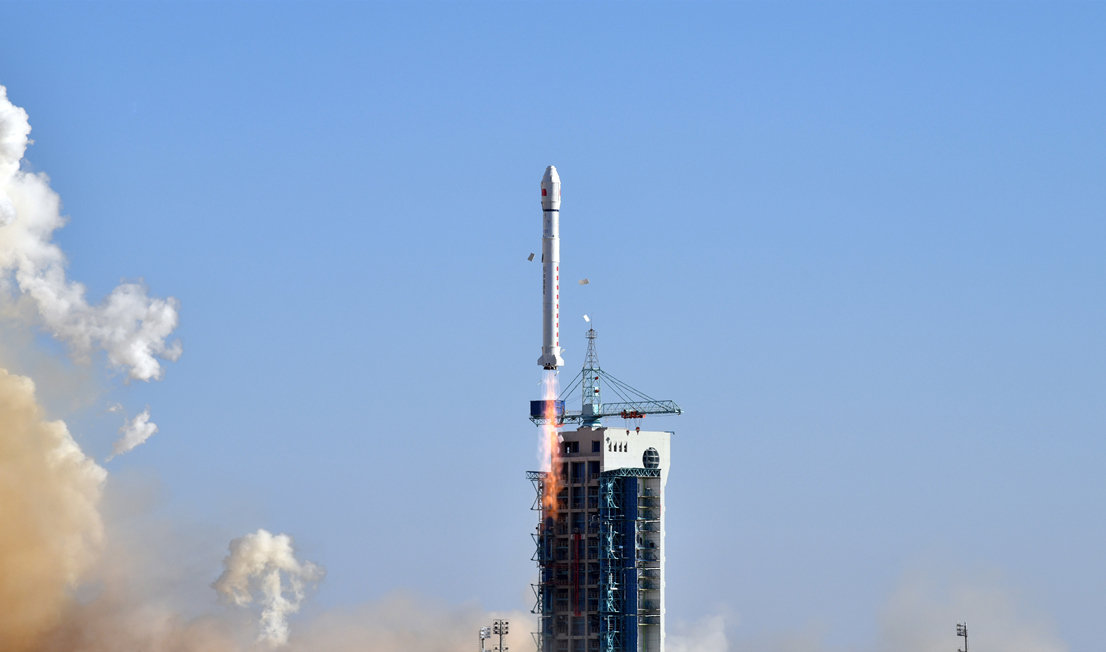HELSINKI — China launched a set of satellites likely intended to test inter-satellite laser links early Thursday as the country moves ahead with major constellation projects.
A Long March 2D rocket topped with a Yuanzheng-3 restartable upper stage lifted off at 2:17 a.m. Eastern (0717 UTC) Dec. 12 from Jiuquan Satellite Launch Center. The rocket shed Insulation tiles as the rocket climbed into blue skies above the spaceport, propelled by a hypergolic propellant mix.
The China Aerospace Science and Technology Corporation (CASC) confirmed launch success hours after liftoff, once the YZ-3 upper stage had released all payloads into preset orbits via a series of burns.
CASC, the country’s main space contractor and state-owned defense giant, revealed the payloads to be five satellites forming the “high-speed laser Diamond Constellation test system.”
While CASC did not elaborate on the satellites’ specifications, their designation suggests a focus on testing inter-satellite laser communication links.
U.S. space domain awareness tracked five payloads associated with the launch in three distinct orbits. One satellite is in a 988 x 1,160-kilometer-altitude orbit, another in a 791 x 812-km orbit and the final three in roughly 975 x 990-km orbits. All orbits are inclined by 59.9 degrees.
Inter-satellite laser link capabilities would be highly applicable to China’s megaconstellation projects, the national Guowang constellation, and the Shanghai-backed Qianfan/Thousand sails constellation. Inter-satellite laser links could mitigate China’s limited global ground station coverage — an issue that is apparent in its reliance on onboard space situational awareness capabilities.
Changguang Satellite, a commercial remote sensing spinoff from the China Academy of Sciences, demonstrated space-to-ground laser links in 2023.
The launch was the fourth use of the YZ-3 upper stage, designed for use with the Long March 2D. The rocket was provided by the…
Read the full article here

